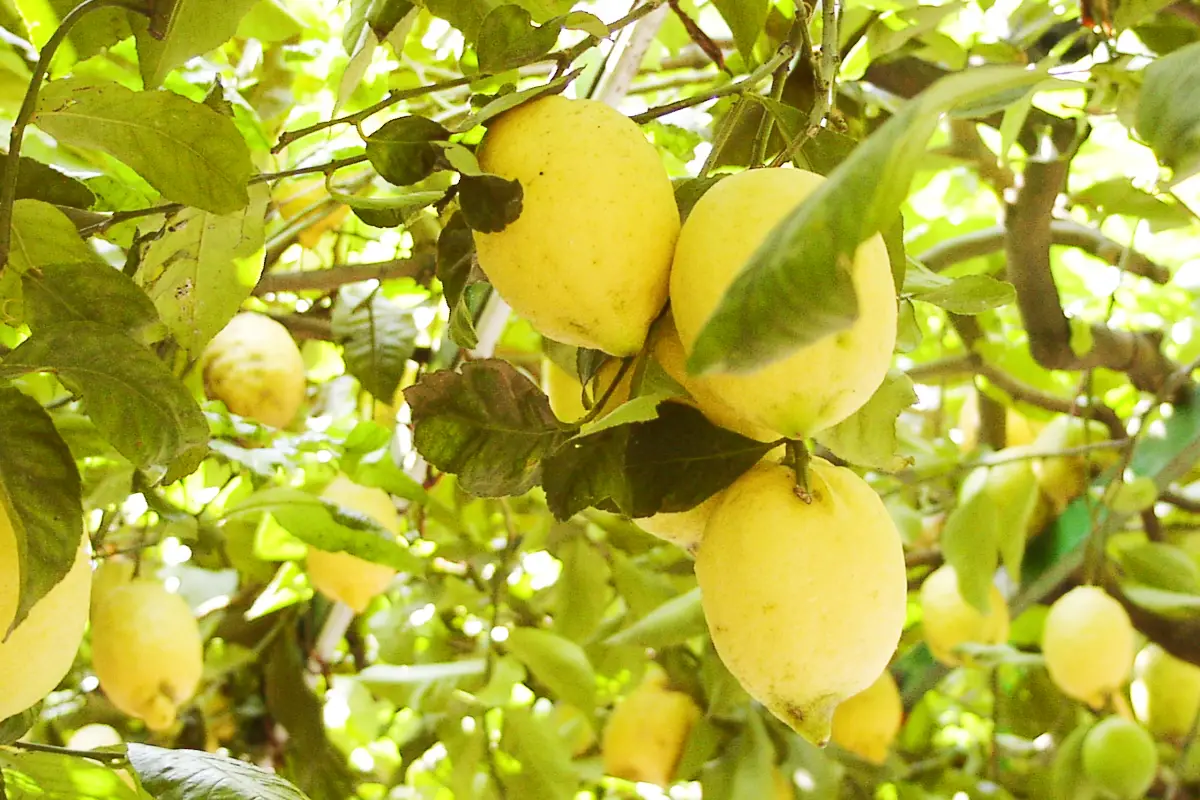
FAO: Amalfi's agriculture becomes world agricultural heritage
Similar recognition for two Japanese regions: the terraced orchards of Arida-Shimotsu and the rice fields of Okuizumo

A former iron sand mine transformed into a terraced agro-silvo-pastoral system, a stone-walled citrus landscape in Japan, and an iconic Mediterranean terrace system on steep coastal slopes in Italy are the latest additions to the Globally Important Agricultural Heritage Systems (GIAHS), bringing the number of such sites to over 100 worldwide in the year FAO celebrates its 80th anniversary.
These systems were formally designated under the flagship program of the Food and Agriculture Organization of the United Nations (FAO) during a meeting of the GIAHS Scientific Advisory Group. With these three new additions, the global agricultural heritage network now includes 102 systems in 29 countries, with Japan reaching 17 sites and Italy adding a third.
These dynamic and resilient systems embody rich agrobiodiversity, traditional knowledge, cultures, and invaluable landscapes, sustainably managed by farmers, pastoralists, fishers, and forest communities in ways that support local livelihoods and food security.
"FAO is honored to welcome these exceptional new sites to the family of Agricultural Heritage Systems of Global Importance. Each site is a testament to the ingenuity and resilience of rural and farming communities, and showcases sustainable agricultural practices that have been carefully maintained and adapted from generation to generation," said Kaveh Zahedi , Director of FAO's Office for Climate Change, Biodiversity and Environment.
Limonaie and the Amalfi Terraced Farming System - Perched on the steep terraces of the Amalfi Coast, centuries-old farming communities have shaped a picturesque landscape of lemon groves, olive trees, and vineyards overlooking the sea. The iconic "Sfusato Amalfitano" lemon is grown manually under chestnut pergolas and harvested by so-called "flying farmers," a term coined for the way they balance and walk along the pergolas during the harvest.
The terraces built with dry stone walls prevent erosion, stabilize the soil, and help regulate water and temperature. This area is home to up to 800 lemon trees per hectare, with a yield of up to 35 tons, using low-input and pesticide-free methods. It is also rich in biodiversity, with over 970 plant species, including rare Mediterranean species.
Women play a key role, contributing to the agricultural work and traditions of this system. The terraced system is also recognized as a UNESCO World Heritage Site, representing a significant example of sustainable Mediterranean mountain agriculture.
The Mikan Stone Terraced Orchard System of the Arida-Shimotsu Region, Wakayama Prefecture, Japan - In the mountainous Arida-Shimotsu region of Wakayama Prefecture, Japan, generations of farming families have cultivated mikan (Citrus unshiu) for over 400 years. This traditional system relies on stone terraced orchards, adapted to the region's steep slopes and humid subtropical climate. The terraces maintain vital soil and water functions and are home to over 30 mikan varieties adapted to local microclimates.
Rooted in small-scale family farming, using proven methods, the system preserves traditional knowledge, biodiversity, and resilience to climate change. Traditional techniques and dry stone walls help regulate drainage, retain heat, and prevent frost damage, while beekeeping, forestry, and intercropping with vegetables contribute to food security and economic resilience.
Festivals, culinary traditions, and stories associated with mikan varieties reflect Arida's cultural practices and collective values.
Sustainable water management and a repurposed agricultural, forestry, and livestock system from the Tatara Steelworks in the Okuizumo region, Japan. In the Okuizumo region of Japan, degraded land from former iron sand mines has been transformed into terraced rice paddies, fed by centuries-old, community-managed irrigation canals. Here, farmers have developed a unique circular system that combines rice cultivation, forestry, livestock grazing, and buckwheat cultivation, reusing local resources.
Central to this system is the role of the Japanese black cattle breed, which provides income through high-quality meat and manure to enrich the rice paddy soil. Buckwheat, adapted to the highland slopes, serves as a staple crop alongside rice and vegetables.
Despite challenges such as depopulation, the system remains resilient thanks to strong cultural ties, landscape protection, and locally rooted innovation.
EFA News - European Food Agency